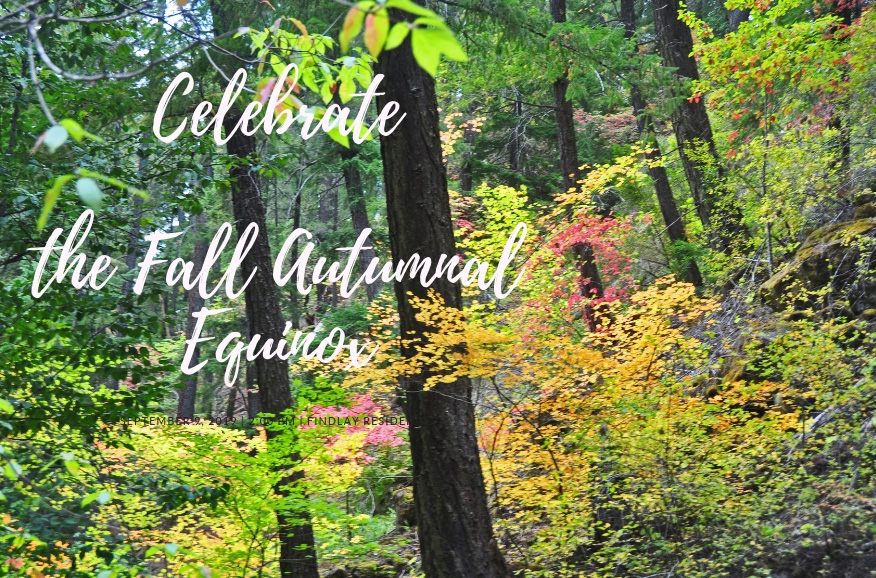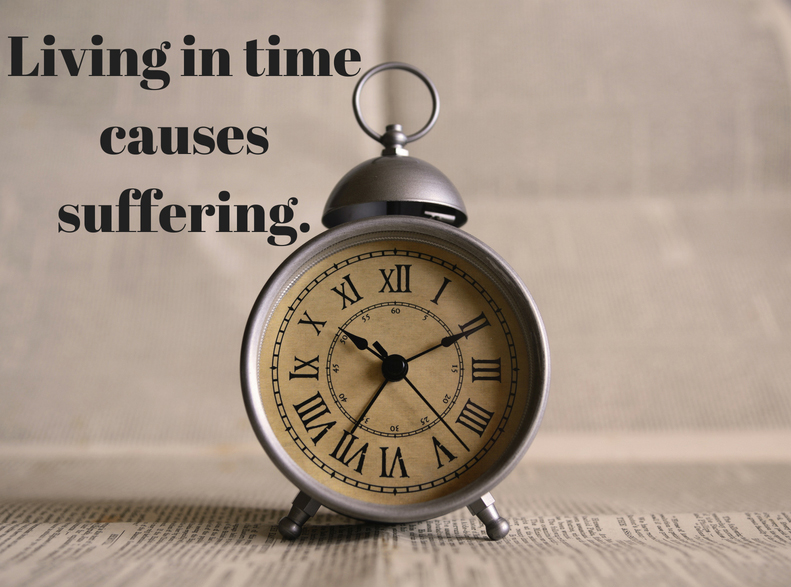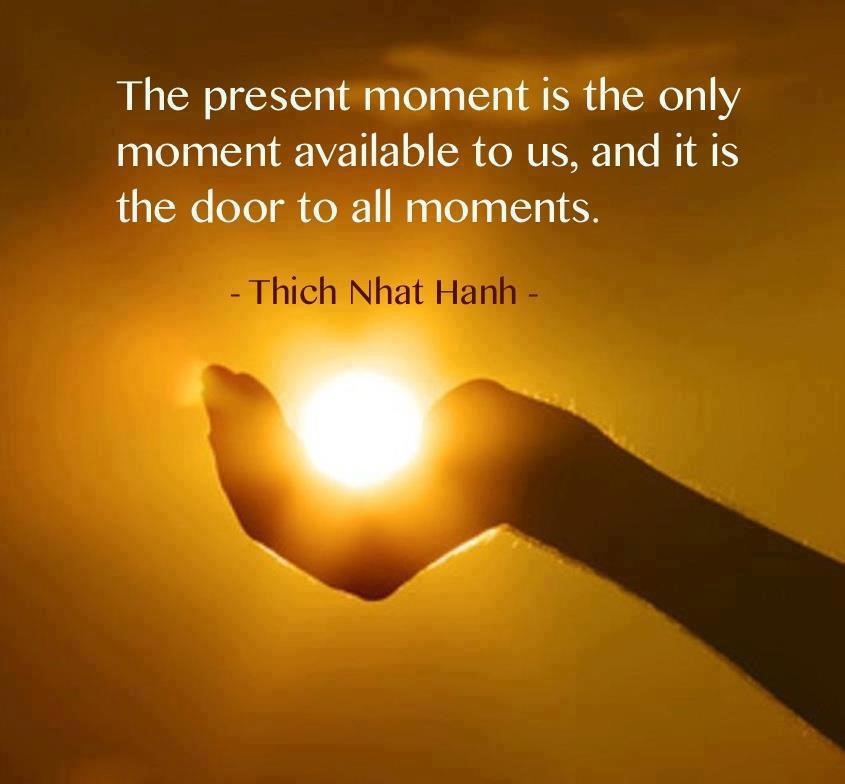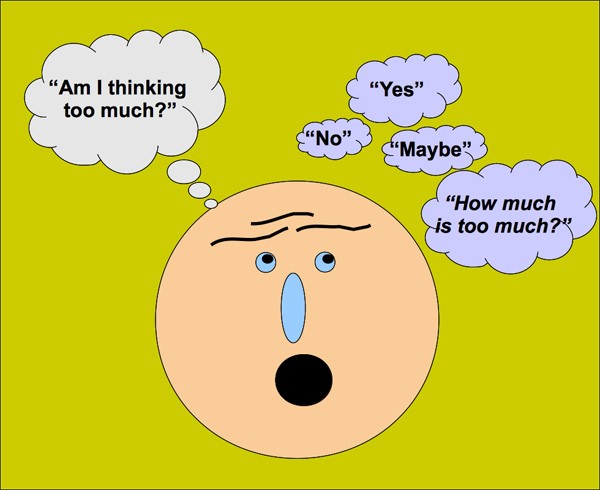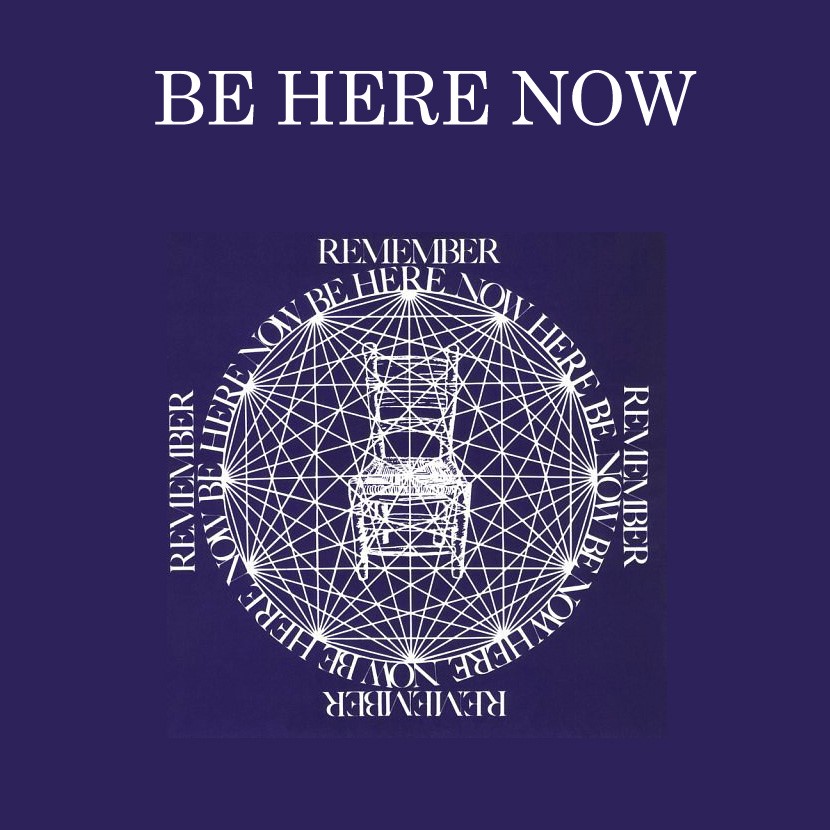
I admit that this subject is about an area that I struggle with all the time. I experience real pain and guilt if I believe something I did or said has upset someone else. I immediately want to make them feel better, yet if I have been honest and stayed in alignment with my core values, I am not able or willing to try to undo what has been done. I just wish they could understand and stop being angry at me! Is that too much to ask?
Short Answer: “YES”.
Altering my behavior to AVOID hurting someone else and sidestepping their anger is one way to deal with this attachment, but that sets up a pattern in the relationship that is not healthy and is difficult to reverse in the future.
Peter Bregman, in his article in Psychology Today, What to Do When You’ve Made Someone Angry, says that there is this difference in perspectives that complicates our understanding of each other and our ability to communicate when we have angered someone else. It’s the difference between “intention” and “consequences”. As an example, my intention in abruptly leaving an organization is to get out of the way so others can assume the leadership going forward. I, in good faith, believe that it would be detrimental to the organization (and to me) for me to continue being in charge. My intention feels healthy to me.
However, others left holding the bag are experiencing the consequences of my decision, and may even take my leaving as a personal affront (i.e. “How could I do this to them?”). Do they even care what my intention was? Probably not. They are focused entirely on the resulting circumstances. Bregman advises that there is a way to possibly un-ruffle the feathers a bit by acknowledging the other party’s feelings and expressing regret for unwittingly causing any pain.
As in my example above, I could write to the people affected in the organization and simply say, “I realize that my actions may have caused you pain. I also recognize that you may feel like I abandoned you. I’m sorry that my actions have resulted in tough circumstances for you to contend with. It was not my intention to hurt you.” He advises to not go into what your intention was. The other party doesn’t really care at that point. You may never have the opportunity to explain your intention and that has to be okay. That is what you need to let go of.
We learn what will become unhealthy patterns of behavior at a very young age in our families of origin. We love our parents and depend upon them. We don’t want to upset them, so we try to behave in ways that will not generate negative feelings. In those early years, we can’t really come to grips with having negative feelings towards someone we love and depend on. Our sense of security rests somewhat in our ability to keep others happy and thinking good thoughts about us.
In an article titled, Setting Emotional Boundaries: Stop Taking on Other People’s Feelings , Alana Mbanza tells us:
Like me, you’re probably extremely affected by the emotions and energy of the people and spaces around you. At times, it can be incredibly hard to distinguish between your “stuff” and other people’s “stuff.”
It is incredibly important to establish clear emotional boundaries, or we can become so overwhelmed and overstimulated by what’s going around us that it’s sometimes hard to function.
~ Alana Mbanza
She recommends the following 3 ways to begin the process of establishing healthier emotional boundaries:
1. Protect yourself from other people’s “stuff” by:
- Listening to your body, noticing signs of tension
- Reminding yourself to breathe
- When possible, removing yourself from the situation
- Practicing mindfulness and meditation or visualize a protective shield around yourself
2. Learn to communicate your boundaries in a clear and consistent way, that doesn’t feel too confrontational. For example, you could say:
- I’m not comfortable with that.
- It doesn’t feel good to…
- I’m not okay with…
- I would appreciate it if you wouldn’t…
- Please don’t…
3. Be patient with the process.
- Whenever you change a pattern, it is natural to feel resistance from inside as well as outside the self. As you practice, your ego may start to act up and make you feel like you are “wrong” in establishing boundaries.
- Others may also become resentful of your newfound assertiveness. They may be used to a certain dynamic in your relationship and any change has the potential to cause conflict.
- Remember to be kind to yourself through the process and repeat the following affirmation: “I respect and love myself enough to recognize when something isn’t healthy for me, and I am confident enough to set clear boundaries to protect myself.”





